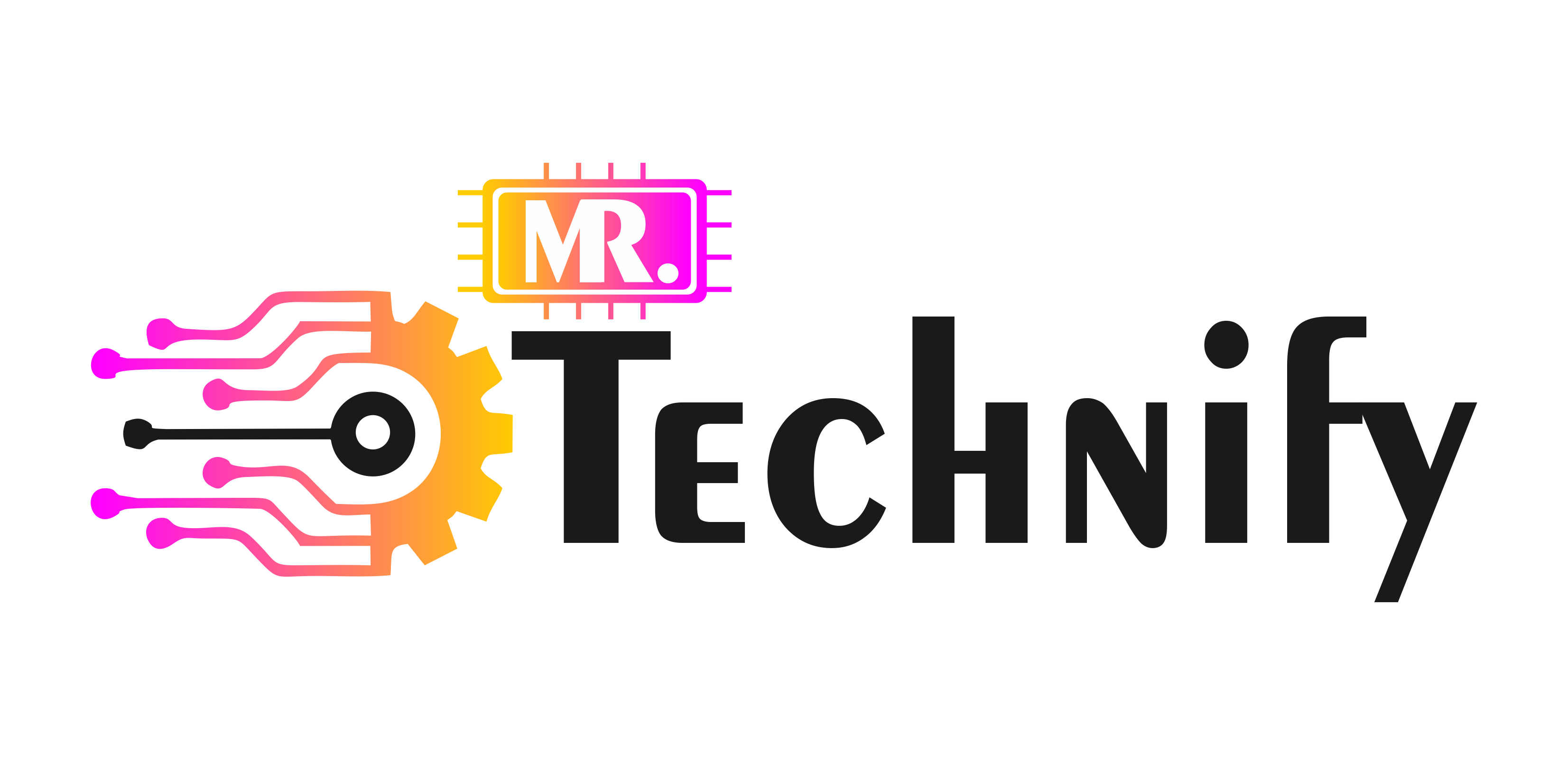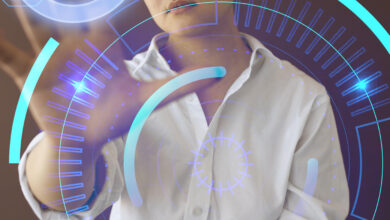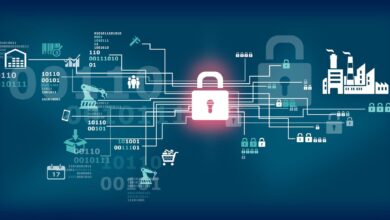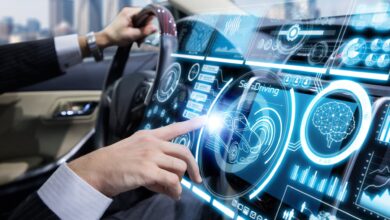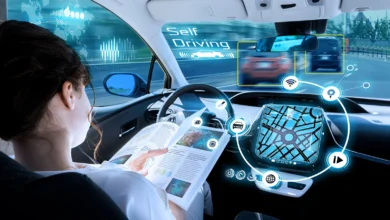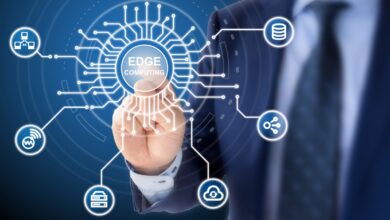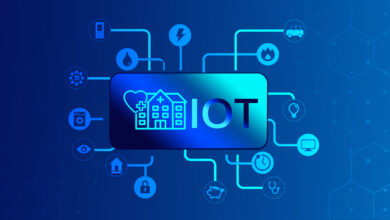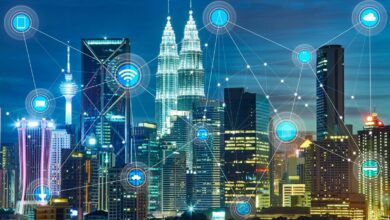Introduction
IoT is revolutionizing how we interact with the world around us. At its core, IoT remote monitoring involves using interconnected devices to monitor and manage various processes and environments remotely. This technology is becoming increasingly important in our rapidly advancing world, offering unparalleled insights and control over distant systems.
-
Importance in Today’s World
IoT remote monitoring is a critical tool where efficiency and quick decision-making are pivotal. It enables real-time data collection and analysis, leading to informed decisions and proactive problem-solving. Whether in industrial settings, healthcare, or environmental monitoring, Internet of Things remote monitoring has a significant role.
Understanding IoT Technology
-
Basics of IoT
IoT refers to physical devices connected to the Internet and exchanging data, such as smartphones and sensors. These devices range from ordinary household items to sophisticated industrial tools.
-
How IoT Devices Communicate
IoT devices communicate through the Internet, sending data to cloud-based applications, processing and responding accordingly. This communication can be machine-to-machine or between machines and humans, enabling efficient and timely decision-making.
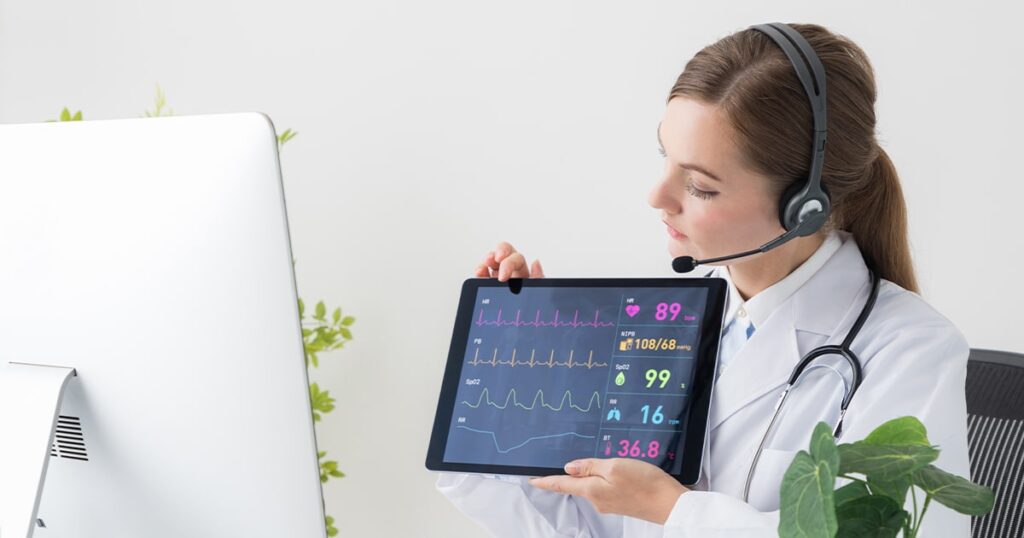
The Evolution of Remote Monitoring
-
Early Stages to Present Developments
From simple surveillance to complex IoT-based systems, remote monitoring has come a long way. Initially, it was about monitoring through cameras or basic sensors, but now it involves advanced IoT devices that can collect many data points.
-
Key Milestones
Key milestones in this evolution include the introduction of wireless technology, the development of cloud computing, and the proliferation of smart devices, all of which have significantly expanded the capabilities and applications of remote monitoring.
Components of IoT Remote Monitoring Systems
-
Sensors and Devices
The heart of any IoT system is its sensors and devices. These components collect data from their environment, which could be anything from temperature readings to complex visual feeds.
-
Connectivity and Networks
These devices then use networks, such as cellular networks, Bluetooth, Wi-Fi, and more, to communicate data. Several criteria, including data demand, power consumption, and range, influence the choice of connectivity.
-
Data Processing and Storage
Once transmitted, data needs to be processed and stored. This is typically done in the cloud, allowing for large-scale data analysis, storage, and accessibility from anywhere.
-
User Interface
Finally, the user interface allows humans to interact with the IoT system. It could be anything from a basic mobile application to a multifaceted enterprise-level dashboard.
Applications of IoT Remote Monitoring
-
Industrial Applications
In industries, Internet of Things remote monitoring is used for overseeing manufacturing processes, tracking assets, and ensuring worker safety, among others.
-
Healthcare Monitoring
In healthcare, it’s revolutionizing patient care with remote monitoring of vital signs, medication adherence, and more.
-
Environmental Monitoring
For environmental monitoring, it’s used to track pollution levels, weather conditions, and wildlife activities.
-
Home Automation
In-home automation, IoT enables the control of lighting, temperature, security systems, and more, all remotely.
Challenges in IoT Remote Monitoring
-
Security Concerns
One of the main challenges in IoT remote monitoring is ensuring the security of the devices and the data they transmit. Data leaks and cyberattacks are becoming more likely as the number of connected devices rises.
-
Data Privacy Issues
Alongside security, data privacy is a paramount concern. As IoT devices collect and process vast amounts of data, often personal, ensuring this data is handled responsibly is crucial.
-
Integration and Compatibility
Integrating diverse IoT devices and ensuring their compatibility with existing systems can be complex. This often involves dealing with various protocols and standards.
Future Trends in IoT and Remote Monitoring
-
AI and Machine Learning Integration
Integrating AI and machine learning is set to revolutionize IoT remote monitoring. These technologies can enhance data analysis, improve decision-making, and enable predictive maintenance.
-
Predictive Analytics
Powered by AI, predictive analytics can anticipate potential issues and optimize processes before problems arise, adding a proactive element to remote monitoring.
-
Enhanced Connectivity with 5G
The rollout of 5G is expected to significantly boost IoT by offering faster, more reliable connections, enabling more devices to be connected with reduced latency.
Case Studies: Success Stories of IoT Remote Monitoring
-
Industrial Case Study
A company implemented InterT remote monitoring in an industrial setting to track machine performance. This resulted in a 20% increase in efficiency and significantly reduced downtime.
-
Healthcare Case Study
A healthcare provider uses IoT devices for patient monitoring, leading to better patient outcomes and more efficient resource utilization.
Best Practices for Implementing IoT RM
-
Choosing the Right Technology
Selecting the appropriate technology is crucial. Factors to consider include scalability, compatibility, and specific industry requirements.
-
Ensuring Security and Privacy
Implementing robust security measures and adhering to privacy regulations is essential for protecting data and maintaining user trust.
-
Training and Skill Development
Leveraging the full potential of IoT devices and managing them successfully requires skill development and training investments.
Comparing IoT Remote Monitoring Tools and Platforms
-
Criteria for Comparison
When comparing IoT platforms, consider factors like ease of use, scalability, security features, and support for different devices.
-
Top IoT Platforms
Some top IoT platforms include Microsoft Azure IoT, AWS IoT Core, and Google Cloud IoT, each offering unique features and capabilities.
Regulatory and Ethical Considerations
-
Compliance with Laws
Compliance with regulatory requirements, such as GDPR for data protection, is critical for IoT implementations.
-
Ethical Implications
Considering IoT’s ethical implications, especially regarding data usage and impact on privacy, is crucial.
Expert Opinions and Interviews
-
Insights from Industry Leaders
Industry experts emphasize the importance of security, the potential of AI integration, and the need for standardization in Internet of Things remote monitoring.
-
Future Predictions
Experts predict a surge in IoT adoption, further advancements in AI integration, and an increase in IoT-driven automation.
How to Get Started with IoT Remote Monitoring
-
Steps for Implementation
Starting with IoT remote monitoring involves understanding the technology, selecting the right tools, and planning for scalability and security.
-
Resources and Support
Numerous resources, including online tutorials, industry forums, and professional consultants, can support those new to IoT remote monitoring.
Conclusion
IoT remote monitoring has the potential to revolutionize how we manage various systems and processes. As we look to the future, integrating AI, enhanced connectivity, and focusing on security and ethical practices will be key to unlocking its full potential.
FAQs for IoT Remote Monitoring
Can small businesses benefit from IoT remote monitoring?
Small businesses can leverage IoT for efficiency, cost savings, and improved customer experiences.
What industries are seeing the most growth in IoT adoption?
Manufacturing, healthcare, and agriculture are among the industries experiencing significant growth in IoT adoption.
What are some common misconceptions about IoT remote monitoring?
Common misconceptions include being too expensive for small businesses and overly complex to implement.
How is IoT remote monitoring contributing to environmental sustainability?
IoT remote monitoring plays a significant role in promoting environmental sustainability by optimizing resource usage and reducing waste.
